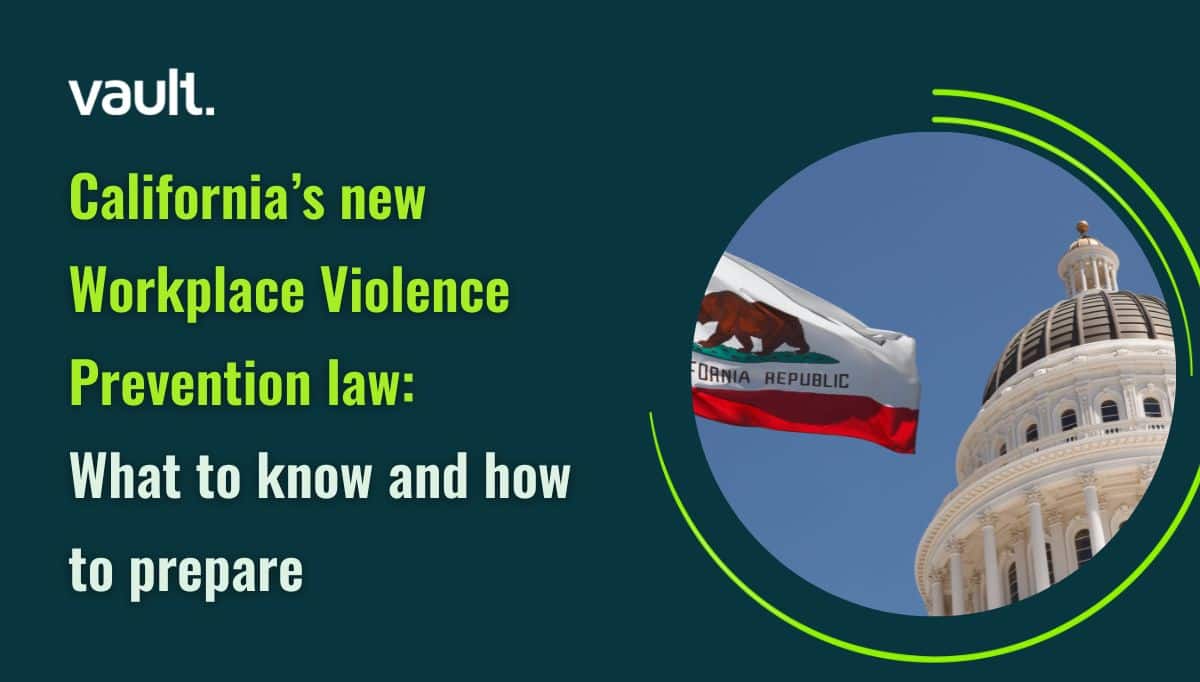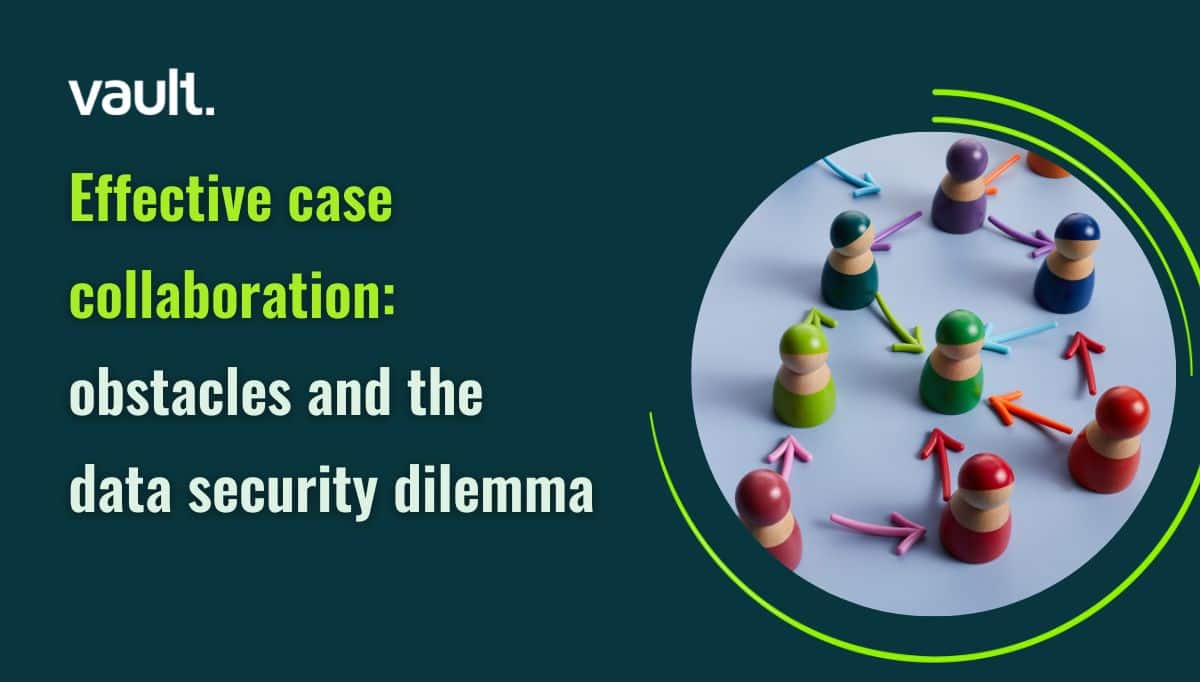
The freedom to raise concerns is a critical component of an open, supportive and ethical business culture. Employees should feel confident they will be encouraged to do the right thing.
According to UK trade body the Institute of Business Ethics (IBE), Speak Up arrangements are an essential element of good governance and can act as an early warning system for potential risks. Yet at the same time, recent research found that more than 40% of European workers fail to report misconduct that they are affected by or witness to.
The most common reason that people cite for not raising concerns about misconduct is that they do not believe appropriate action will be taken by their organization. The second biggest concern is that they fear repercussions that might have an impact on or even jeopardize their job.
The tools are broken
I was quoted in an article in the Financial Times this week alongside a behavioral specialist who pointed out that design flaws in legacy reporting tools were perceived to discourage people from speaking up, even when the organizations’ intentions are good.
Edward Gardiner, a behavioral research consultant at Warwick Business School, said that the traditional reporting solution – an anonymous hotline – actually had the inverse effect on people by signaling: “If you speak publicly you’re likely to be punished”. This same design compounds the problem by isolating people submitting reports, preventing them from finding strength in numbers. If incident reporters do not know whether they are a lone voice or one of many, the process can be far more intimidating.
The underlying challenge to all of these symptoms is that the reporting process is flawed by design. Research tells us that at least one-third of women have been sexually harassed in the workplace and around one-third of all people have been bullied during their careers. If you start looking at other metrics for misconduct, such as racism and exclusion, unethical behavior, even fraud, the number of people experiencing or witnessing some kind of workplace misconduct is staggering. Yet only 25% of misconduct gets reported. Clearly, we only see the tip of the iceberg.
History does not paint a pretty picture. Postmortems on scandals such as that at US bank Wells Fargo for example, typically reveal an evidence trail of workers who voiced concerns that were either ignored or tackled with half measures.
Lots of noise but little substance
Returning to more research done by the IBE, it’s now commonplace for organizations to highlight the consequences of violations of ethical standards in their code of ethics but hardly any of those companies publish data on ethical breaches and disciplinary actions.
In fact, research conducted in 2017 found that only 16 out of the top 100 FTSE companies include this information in any of their corporate responsibility reports. Even more interesting was that three of these organizations reported that there were no breaches. This raises questions, the IBE says, on the ability of these organizations to even recognize breaches let alone act on them.
It’s no wonder that people are fearful of pursuing a complaint alone. So it was interesting that Edward Gardiner from Warwick Business School suggested that tools that support peoples’ perceived safety in numbers may be the way forward for misconduct reporting.
Trust between the employee and the employer has been broken and we know that trust is something very difficult to win back. This is why an application of the ‘safety-in-numbers’ principle is a core part of the Vault Platform. A function we call GoTogether matches submitted reports with others against the same perpetrator, ensuring that those who don’t want to go it alone, never have to do so.



